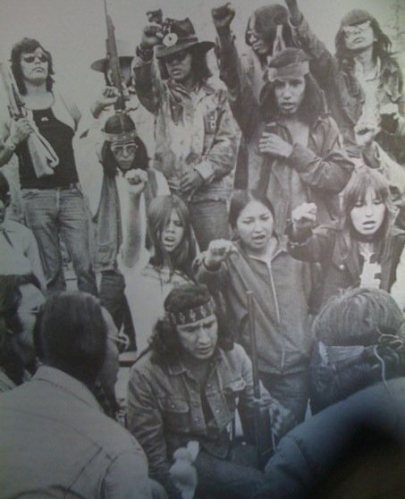Hey Folks,
Pam Palmater, a frequent contributer to rabble, has a new initiative - a book club featuring mostly Indigenous writers writing about reconciliation. Here's the link to her YouTube channel where she will be reviewing books about reconciliation and addressing Indigenous rights and the importance of self-education and allyship. Inspired by the work of the late Arthur Manuel ( review of Unsettling Canada here) and carried on by his daughter Kanahus Manuel, it's an explortion of what colonialization looks like and how it can be dismantled. I'd like to urge babblers to pick up her first book pick - Whose Land is it Anyway? A Manual for Decolonization, available for free download. It's a compelling series of essays on ongoing colonialist structures and, most importantly, what can be done by orginary people to decolonize and be effective allies to Indigenous peoples.
We at rabble are super excited to support Pam's initiative and I think the babble book lounge is the perfect venue to get the conversation going. It's a slim volume and a quick and informative read that is by turns instructive and inspiring. I'm looking forward to reading people's thoughts on this and future reviews in the series. Enjoy!



